5. The Interview (Craig Monahan, 1998)
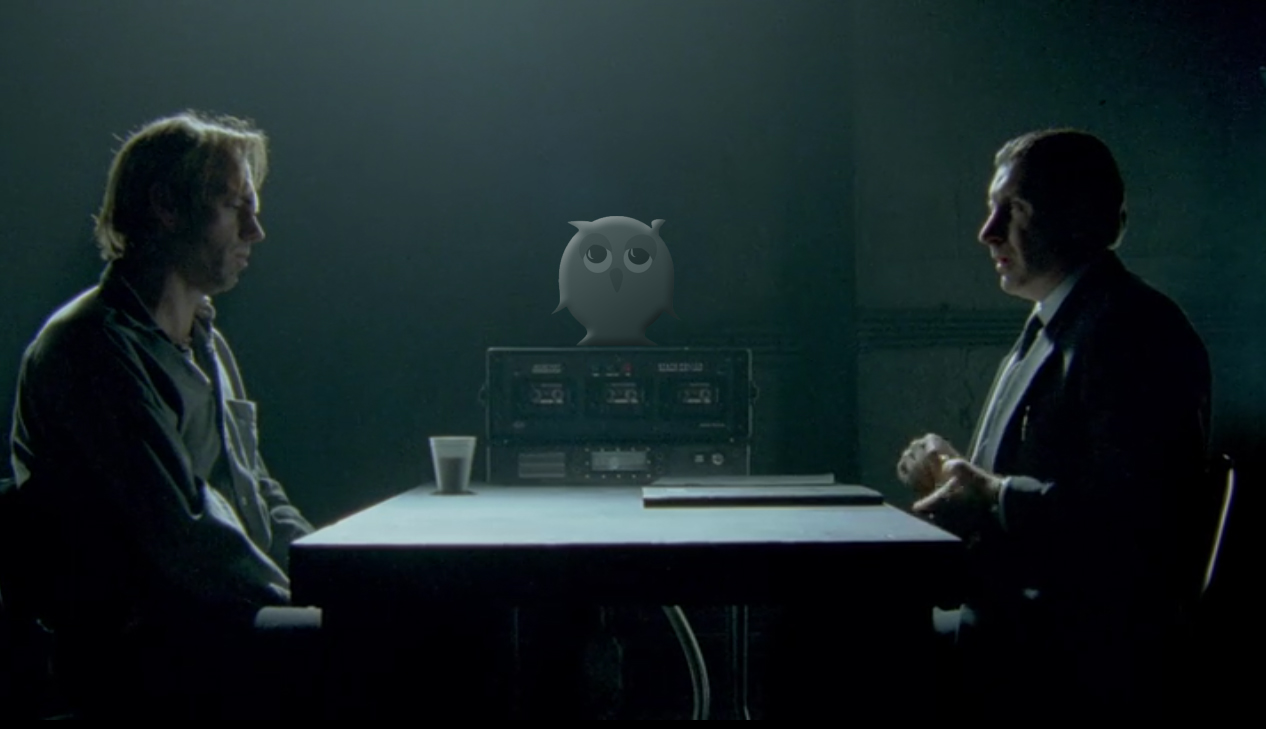
No, this is not the Seth Rogen movie that almost started a war in 2014. Before the title became forever entangled with that absurd story, “The Interview” was a 1998 Australian thriller that had Hugo Weaving in one of his finest performances as suspected murderer and all-around modest man Eddie Rodney Fleming. Almost all of the film is set in the interrogation room, where Fleming’s pressed by Detective Steele (Tony Martin), himself under pressure from his superiors, all of them with different agendas, to close the case and imprison the suspect.
Craig Monahan’s film is ripe with tension as Weaving and Martin duke it out in a surprisingly epic battle of wits. While none of these characters are quirky, larger-than-life, or anything but grounded, the actors and the script find ingenious ways to make them fascinating. Clocking at 104 minutes, “The Interview” never seems to be stalling for time, instead revealing layers of the characters and the predicament they’re in as the story progresses.
4. Night, Mother (Tom Moore, 1986)
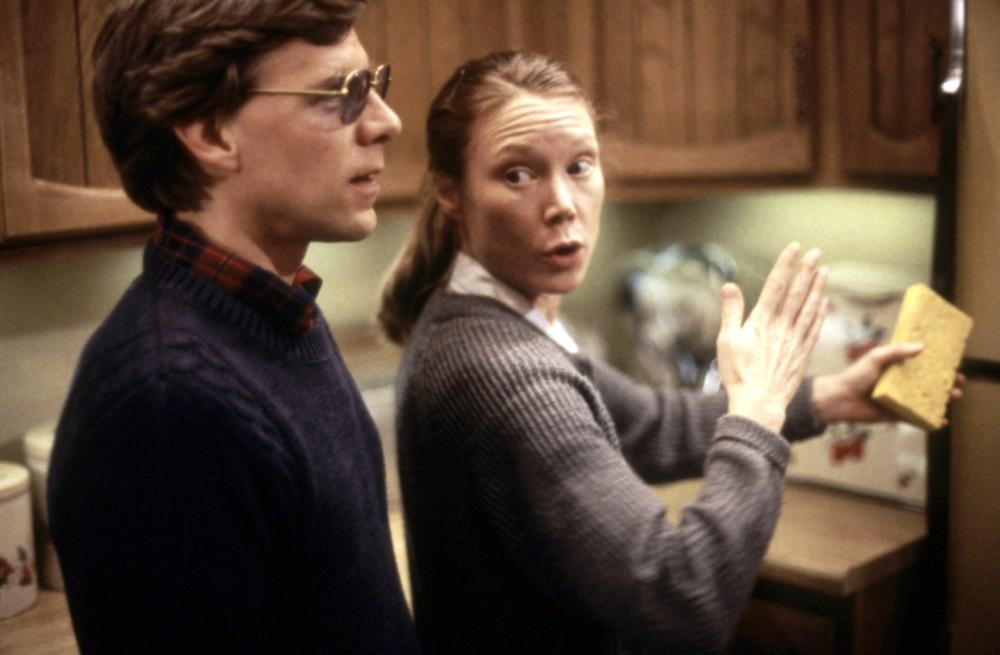
Playwright Marsha Norman made sure to remain faithful to her celebrated play when “Night, Mother” became a motion picture in 1986, three years after its debut on stage. She adapted the play into a script herself, and gave it to then-newcomer Tom Moore to direct, casting the always brilliant Anne Bancroft and Sissy Spacek as the leads.
“Night, Mother” tells the story of a thirtysomething epileptic divorcee with a drug-addicted, criminal son, who decides to kill herself and informs her mother one night, resulting in an hour-and-a-half dialogue about the family’s past and the way it shaped both of them.
Acclaimed for its realistic portrayal of a person seriously considering suicide, “Night, Mother” doubles as an X-ray of two women whose lives are both interconnected and desperately stagnated. Norman’s dialogue is not melodramatic, and Spacek and Bancroft’s performances follow suit, building believable characters that make this gut-punch of a one-setting movie even more impactful for spectators.
3. Tape (Richard Linklater, 2001)
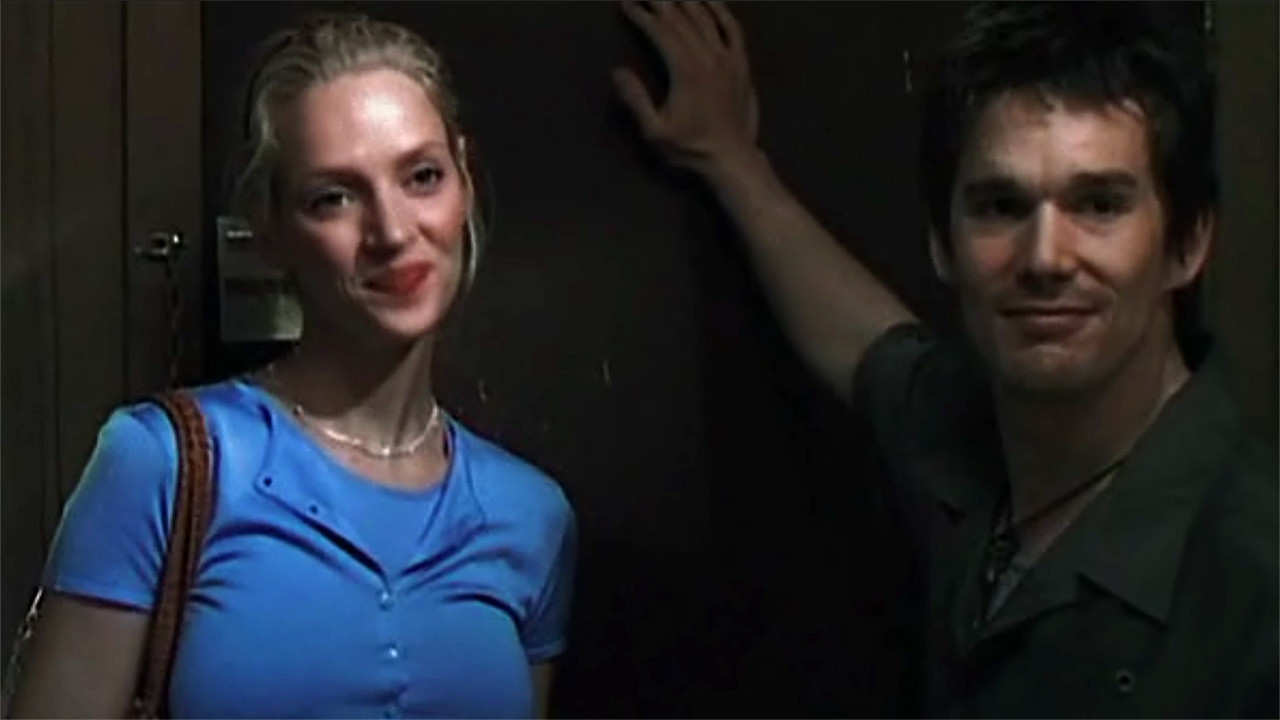
While Richard Linklater films are usually acclaimed by critics, he’s a very prolific director, and not every one of them receive the attention they deserve. One such overlooked gem in his filmography is 2001’s “Tape,” starring Ethan Hawke, Uma Thurman and Robert Sean Leonard as high school friends who reunite in a Michigan hotel room to desiccate painful memories from their shared past. The story, adapted by Stephen Belber from a play of his own authorship, is filled with twists and turns and a killer ending that makes the spectator reevaluate the power dynamic between the characters.
Linklater directs “Tape” with a sense of urgency that’s not usually seen in his filmography, using the confined surroundings of the action as a weapon to trap the spectator in the story’s sometimes implausible path.
Leonard and Hawke are believable as former best friends who have seen a big schism develop between them as years went on, and Thurman is pitch-perfect as a character who’s the emotional version of a hand grenade, exploding the story to bits and pieces with unpredictable yet believable decisions.
2. My Dinner with Andre (Louis Malle, 1981)
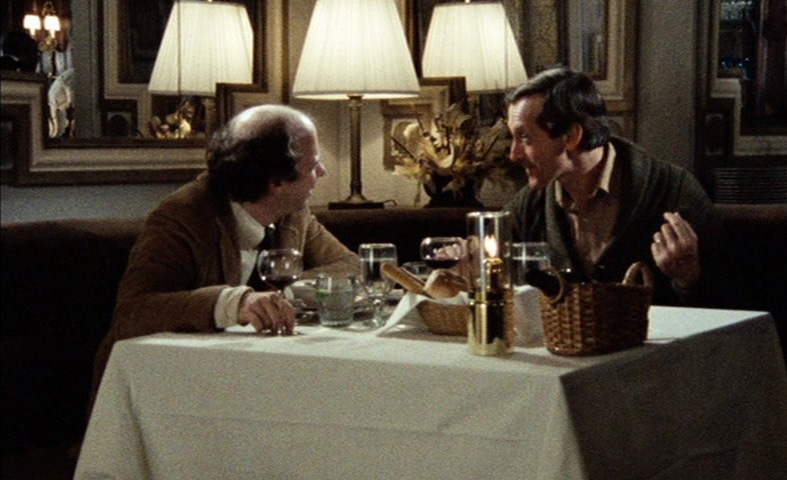
While French director Louis Malle usually made very controversial movies (see: “Pretty Baby”), one of his finest works remains largely forgotten: the single-setting movie “My Dinner with Andre,” the weird two-man show written and interpreted by Wallace Shawn and Andre Gregory.
As these two amazing actors/writers match wits on screen, during a shared dinner in which their views on life and art clash radically, Malle seems to watch in awe as much as he occupies himself with crafting a worthy film around them
Shawn’s trademark screen presence is as familiar as Gregory’s is wild and unpredictable, which makes for a perfect match as their “characters” (who share their real names) position themselves in the dialogue. Gregory’s pretentious theater director tells to Shawn’s grounded playwright/actor his stunning adventures through the world and his new, mystical way of looking at it. The way the actors’ personas mesh with their differing worldviews make “My Dinner with Andre” a fresh, surprising, and delightful ride.
1. Lebanon (Samuel Maoz, 2009)
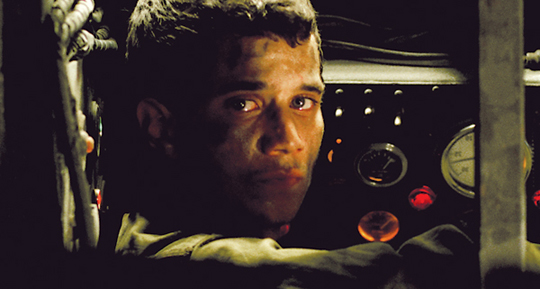
“Lebanon,” Samuel Maoz’s filmmaking debut, based most of its excruciating story of survival and the horrors of war on the filmmaker’s real experience in the First Lebanon War during the 1980s. He was part of the tank and infantry platoon that we see here, dispatched to search a hostile town and slowly realizing this “routine” mission is going to turn into a nightmare.
Maoz inarguably succeeds in transmitting the growing sense of dread and the ever-more extreme measures the soldiers take to save themselves, all seen through the point of view of the tank’s cockpit.
With a cast of virtually unknown actors who deliver strong, high-tension performances, “Lebanon” is a 93-minute epic that never lets up. The bleak atmosphere that Maoz impresses upon his film makes it one of the most essential, and lesser seen, war movies of the last decade. Leaving it out of the Foreign Language Film Oscar category in 2010 was one of the weirdest and most terrible decisions that particular group of voters ever made.